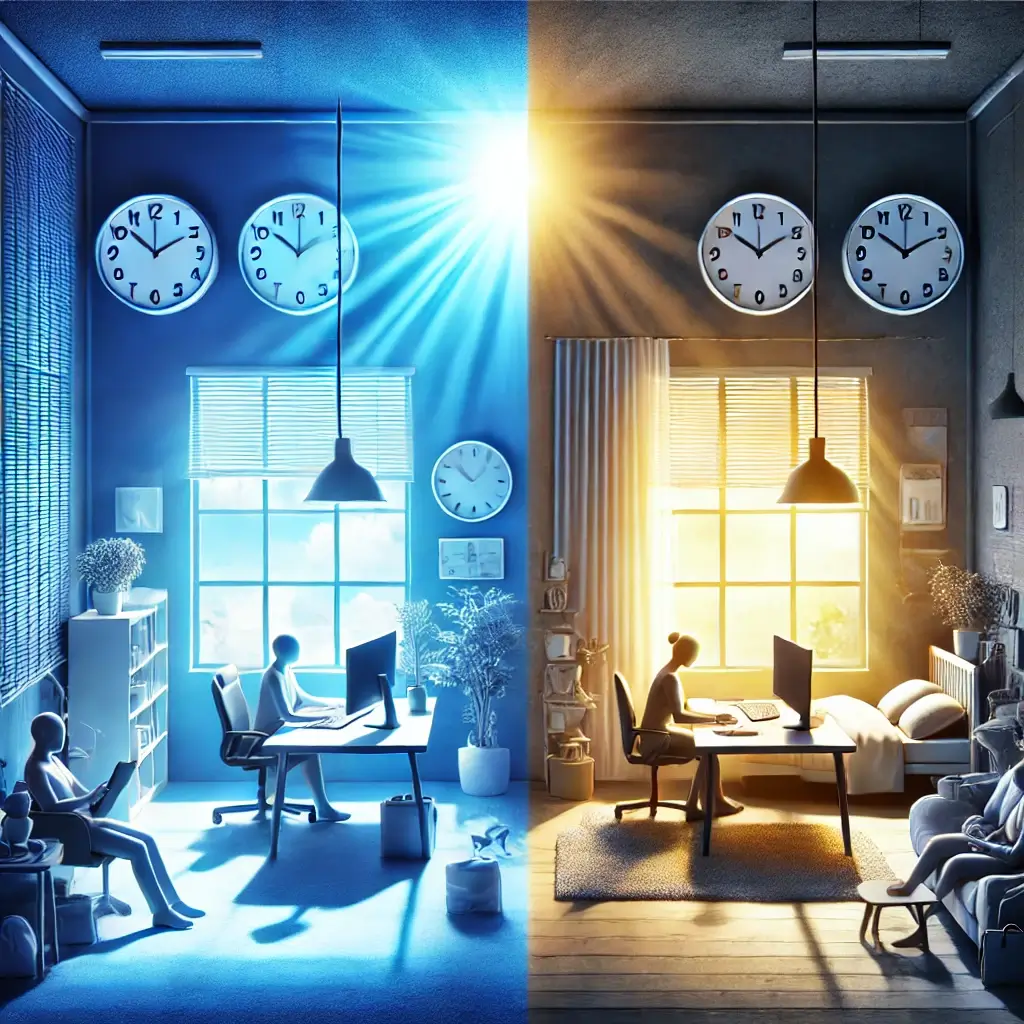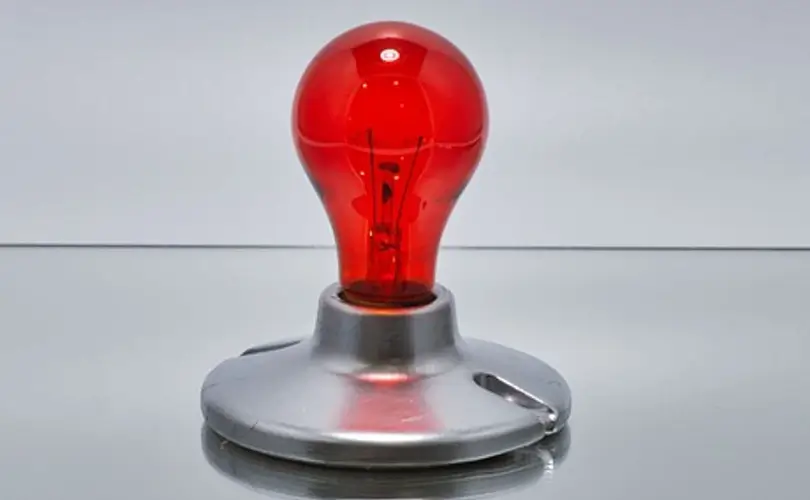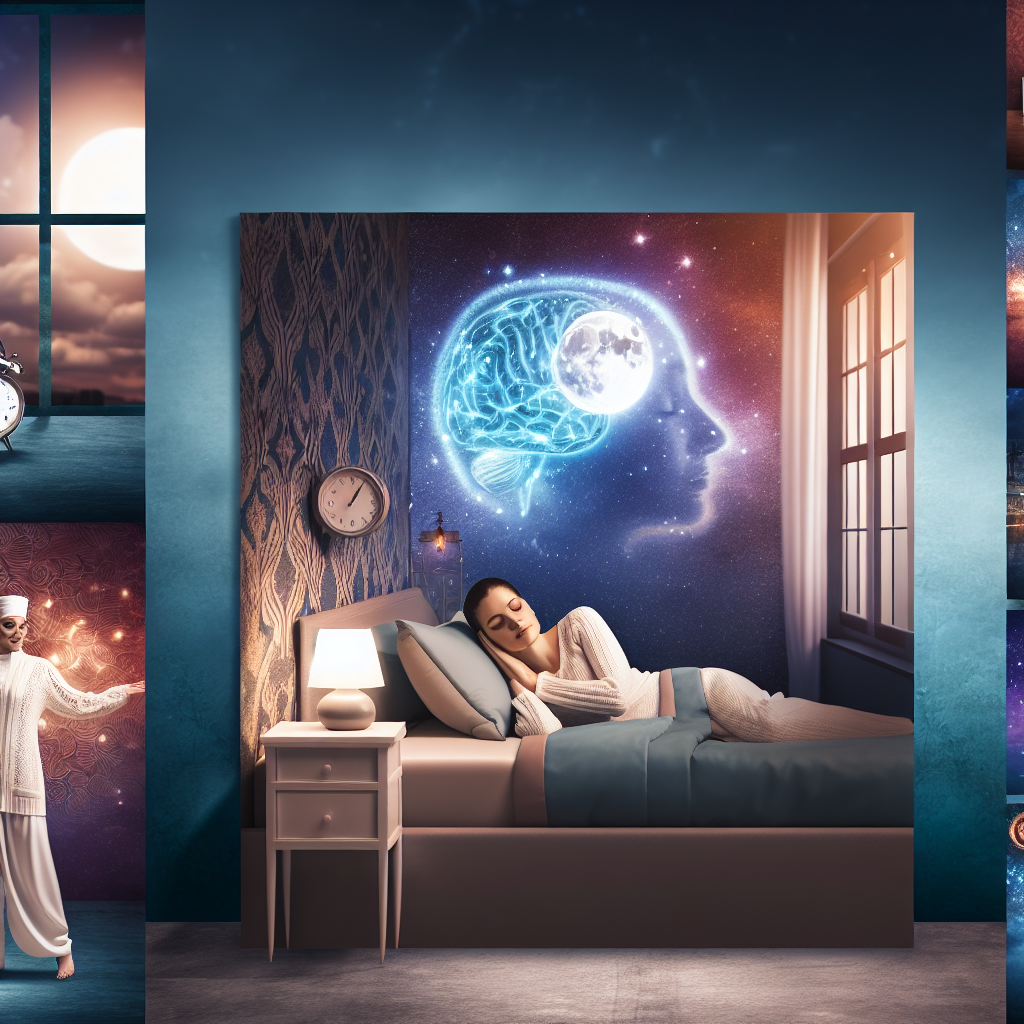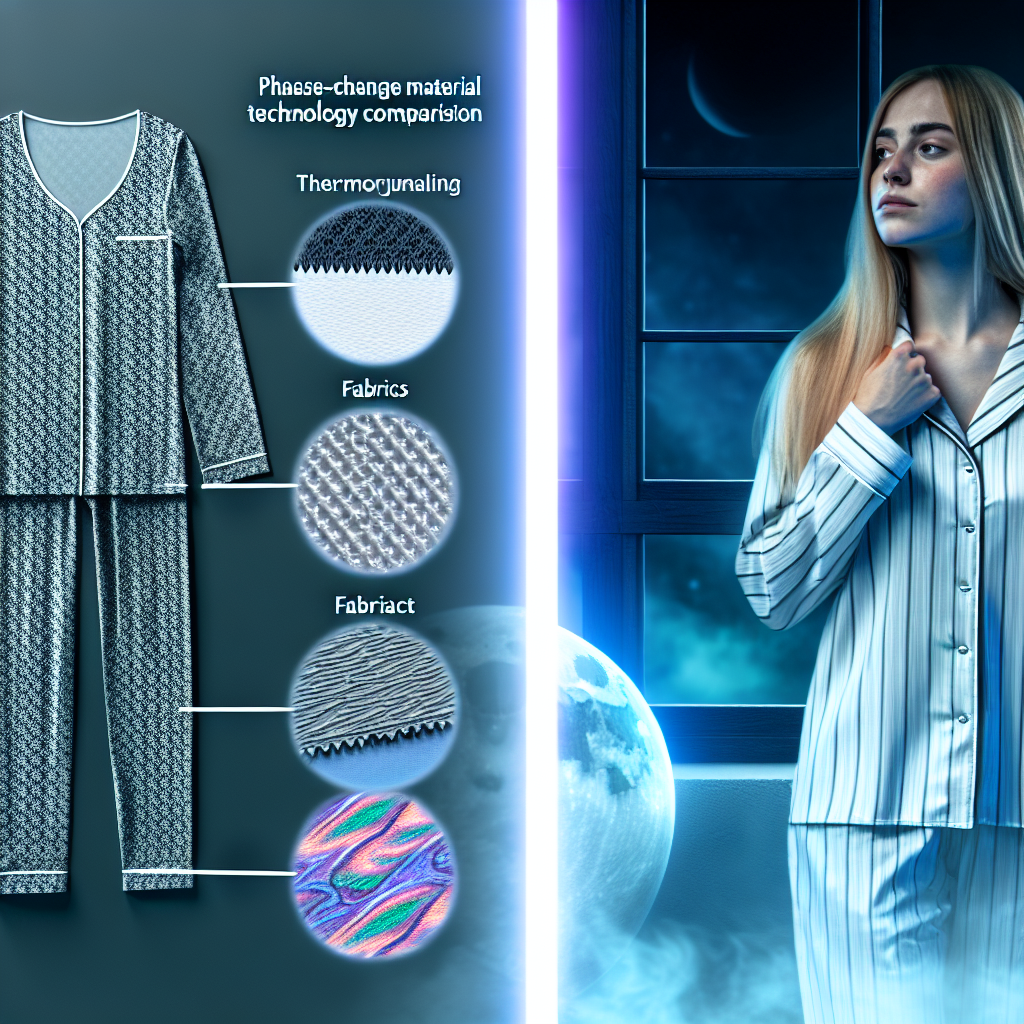Understanding Light’s Impact on Human Health
Light is integral to human health, influencing sleep, productivity, and overall well-being. Historically, humans relied on the natural light-dark cycle to regulate sleep and alertness. However, modern artificial lighting has significantly altered this balance, introducing complexities that impact the natural circadian rhythm. The circadian rhythm, our internal biological clock, synchronizes with environmental cues like light and darkness, governing when we feel alert or sleepy.
The Role of Blue Light in Our Daily Lives
Blue light, in particular, plays a crucial role in this process. During daylight hours, exposure to blue light from the sun enhances focus, memory, and mood. However, excessive blue light exposure in the evening can suppress melatonin production—the hormone that prepares the body for sleep—leading to sleep disturbances. Research has highlighted the impact of artificial lighting, especially in the age of electronic screens, which emit significant blue light. These disruptions not only impair sleep but also reduce productivity, as insufficient or poor-quality rest affects cognitive performance.
Modern Lighting Solutions
With advances in lighting technology, solutions such as warm white LEDs, dimmable lights, and adjustable color-temperature bulbs offer new opportunities to optimize light environments for better sleep and enhanced productivity. This article explores these solutions, supported by the latest research, and provides actionable insights to harmonize your sleep and work routines.
Understanding Circadian Science
Circadian rhythms are influenced by light exposure, which signals the brain’s suprachiasmatic nucleus (SCN) to regulate sleep-wake cycles. During the day, exposure to natural light, particularly its blue wavelengths, inhibits melatonin secretion, fostering wakefulness and alertness. This biological response to natural light is vital for maintaining energy and focus throughout the day.
Evening Light and Sleep Patterns
In the evening, as natural light fades, melatonin levels rise, promoting sleep. Artificial lighting disrupts this cycle by mimicking daylight, particularly through the emission of blue light from devices and traditional bulbs. Chang et al. demonstrated that exposure to blue light in the evening delays sleep onset and reduces sleep quality, contributing to fatigue and lower daytime productivity.
LED Technology Advantages
The advent of LED lighting technology provides tools to address these disruptions. LEDs are not only energy-efficient but also versatile in spectrum control, allowing users to tailor lighting to their specific needs.
Types of Sleep-Friendly Light Bulbs
Several types of light bulbs are designed to support healthy sleep and productivity:
Benefits of Warm White LED Bulbs
These bulbs emit minimal blue light, creating a warm, yellowish glow that mimics the setting sun. They are ideal for evening use in bedrooms and living areas, promoting relaxation and preparing the body for sleep. Studies suggest that limiting blue light exposure before bed can significantly enhance melatonin production, ensuring deeper and more restorative sleep.
Advantages of Dimmable LED Bulbs
Dimmable lights allow users to reduce light intensity in the evening, signaling the body to wind down. Research has shown that dim lighting environments can cue the brain to prepare for sleep, making it easier to fall asleep and stay asleep.
Features of Adjustable Color Temperature LED Bulbs
These bulbs provide the flexibility to shift between cool white light, suitable for daytime tasks, and warm white light for relaxation. By mimicking the natural progression of daylight, adjustable color-temperature bulbs help maintain a natural circadian rhythm, enhancing both sleep and daytime performance.
Creating an Optimal Lighting Environment
While choosing the right light bulbs is an important step, there are additional strategies to enhance your lighting environment for sleep and productivity:
Screen Time Management
Avoid using electronic devices at least an hour before bed. If this isn’t possible, consider blue-light-blocking glasses or screen filters.
Natural Light Benefits
Exposure to natural daylight in the morning helps synchronize your circadian rhythm. Studies indicate that individuals who spend time outdoors during daylight hours experience improved sleep patterns and increased productivity.
Bedroom Light Optimization
Use blackout curtains to eliminate ambient light and ensure a dark sleeping environment. Supplement this with warm white light bulbs for evening use.
Final Thoughts on Light’s Impact
Light profoundly influences our sleep and productivity. By understanding its effects on our circadian rhythm and leveraging modern lighting solutions, we can create environments that promote restful sleep and productive days. Consider integrating warm white, dimmable, or adjustable color-temperature LED bulbs into your routine to align your lighting with your natural biological needs. Supporting this with practical strategies like minimizing screen time and embracing natural light can further enhance your well-being. With informed choices, you can harness the power of light to improve sleep quality and optimize daily performance.
Research References
Chang, A. M., Jung, S. Y., Kim, J. A., & Duffy, J. F. (2013). Exposure to evening light and sleep: A review of the evidence and guidelines for healthy circadian entrainment. Sleep Medicine Reviews, 17(4), 263-275.
Chellappa, S. L., Nusrat, S., & Jaggi, H. S. (2016). Light-emitting diodes (LEDs) and melatonin suppression: Risk factors and safe use. Indian Journal of Ophthalmology, 64(7), 462.

Dominic E. is a passionate filmmaker navigating the exciting intersection of art and science. By day, he delves into the complexities of the human body as a full-time medical writer, meticulously translating intricate medical concepts into accessible and engaging narratives. By night, he explores the boundless realm of cinematic storytelling, crafting narratives that evoke emotion and challenge perspectives.
Film Student and Full-time Medical Writer for ContentVendor.com




